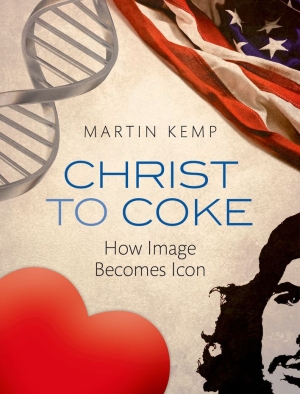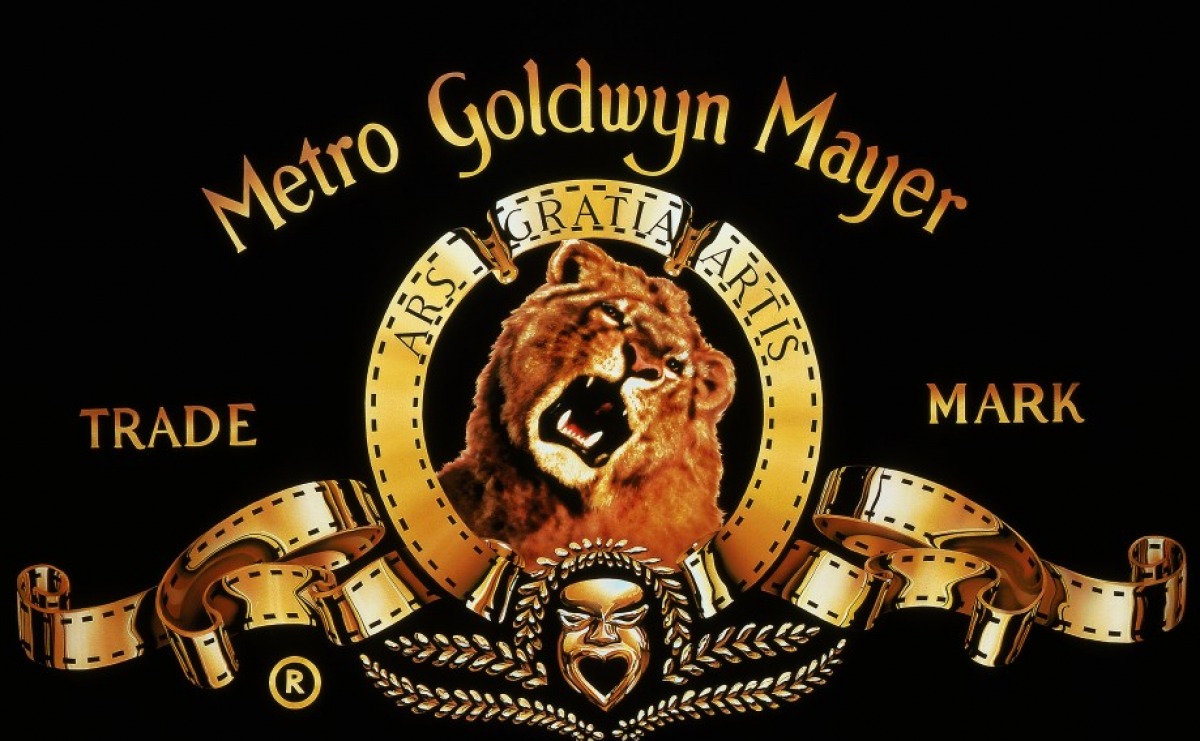The Coen Bothers are by any estimation remarkable film-makers whose works - spanning almost every conceivable genre, are known for their beautiful cinematography, stunning musical soundtracks and dystopian cynicism. "Inside Lewyn Davis" is no exception to that rule, embracing all of the above with enthusiasm and style.
In previous films, the Coens have turned their attention to an array of different cultural and historical settings; seeking to tell their stories against a vivid back-canvas of time and place. One of their greatest arts is the evocation of moods based on contemporary impressions of times gone by as much as from historical realities of those times themselves. "Inside Llewyn Davis" is no different in that regard, and this movie seeks to capture for the viewer a glimpse of the folk music scene of New York's Greenwhich village in the early 1960s.
Some Coen movies are narrative driven; but this one is not. The 'story' as such concerns the eponymous folk singer, and his desperate attempts to make a decent living from his craft. He faces the fact that his career and life is going nowhere, and he is resigned to sleeping on a variety of friends sofas; carrying a box of unsold LPs with him. Although Davis is one of the least likeable and sympathetic leading roles in a film I have seen in a long time; the music and the images are superb - as if the LP cover of "Freewheelin' Bob Dylan" has come to life in your hands. T. Bone Walker, the Coen's long time musical director put the soundtrack together with Marcus Mumford - whose real-life wife Carey Mulligan also appears in the film as a feisty and foul-mouthed folk singer.
The film observes Davis as he negotiates a path between the twin poles of integrity and success. Davis seems to be aware that while he stays true to his ideals he will always struggle to make ends meet; and for the most part he doggedly pursues that ideal. This quest for costly integrity is made absurd by Davis' complete lack of integrity in most other regards - a fact which seems lost only to him.
Much of the film is serious; it is laden with despair and few signs of hope are offered to Davis who ends up at the end of the film in the same plight, in the same alley in which the film begins. Despite that, it is also an unexpectedly funny film. The elderly jazz musician with whom Davis shares a long road-trip (John Goodman) is a comic creation who could have walked in from Where Oh Brother Art Thou? ("you play folk tunes?! I thought you said you were a musician?"). The crashing insensitivity of Davis in various social settings, amongst awkward and uptight characters is funny in the way that "The Office" is funny - because it is buttock-clenchingly cringe inducing. Surprisingly the Coens also throw in a slice of slapstick involving a cat, and then satire in a scene in which Davis 'sells-out' and plays a session for a commercial group whose artistic taste and self-awareness are almost none, but whose income seems guaranteed. The song "Please Mr Kennedy" is really something else.
Although enjoyable in a slightly shocking way, Inside Llewyn Davis is a strange film. Like so many Coen films (The Man Who Wasn't There, Fargo) the main characters search for control over the storyline is fruitless; and their attempts to master their own destinies are held up for us as objects of comic derision; with the ongoing suggestion that we are no different.
Despite the laughs along the route; this is not a happy journey.
Davis is an archetypal Coen brothers character, stuck in a rut of his own devising; and trapped by forces bigger than himself over which he has no control despite his delusions to the contrary. Finally Davis observes a young folk singer called Bob Dylan gaining rave-reviews and a meteoric career using the folk music that has so suffocated his aspirations. The whole point of so many Coen films is that they don't have a "proper ending" (as my wife would say); in that the stories do not resolve and all manner of ends are left perplexingly loose. This is perhaps no more so than in this film, which whimpers to a standstill, rather than builds to a climax. This of course, is the point; the film does not reach a conclusion because Davis ends it as he begins - a man in a rut. This is at once the frustration and the genius of the film - because while there is little story development, that is because there is so little character development. That does not make it a pointless film, because it is about a man who fails to develop and what that entails.
The cinematography, costumes, music, and the feel of the film are as evocative as they are massively escapist. The reality of the self-obsessed ego, out of depth in the world, an trapped equally by forces outside as with inner demons on the other hand, is a jarringly sober reading of the human condition. But is laughing at its foolish absurdities really the only way to respond to our individual and collective folly? The Coens certainly seem to think so.










.JPG)

.JPG)
.JPG)
.JPG)
.JPG)
.JPG)
.JPG)
.JPG)




















